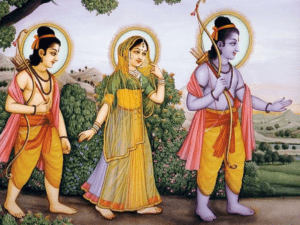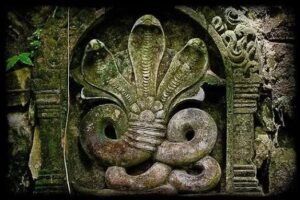Enchanting Location of Hatkoti:
Nestled amidst the serene and picturesque landscapes of Himachal Pradesh, the Hatkoti Temple stands as a timeless emblem of spiritual reverence and architectural brilliance. Tucked away at an average elevation of 1,442 meters, the Hatkoti Temple boasts a tranquil setting at the bank of Pabbar River. This adds to the serene charm of the temple surroundings, creating a harmonious symphony of nature’s beauty that captivates visitors with its peaceful allure. Let us delve into the mystical charms of the Hatkoti Temple and unravel the secrets that make it a must-visit destination for anyone seeking a profound spiritual experience. Hatkoti Temple enjoys excellent connectivity via National Highway 707 and National Highway 705, linking it seamlessly to Himachal Pradesh and the rest of India.
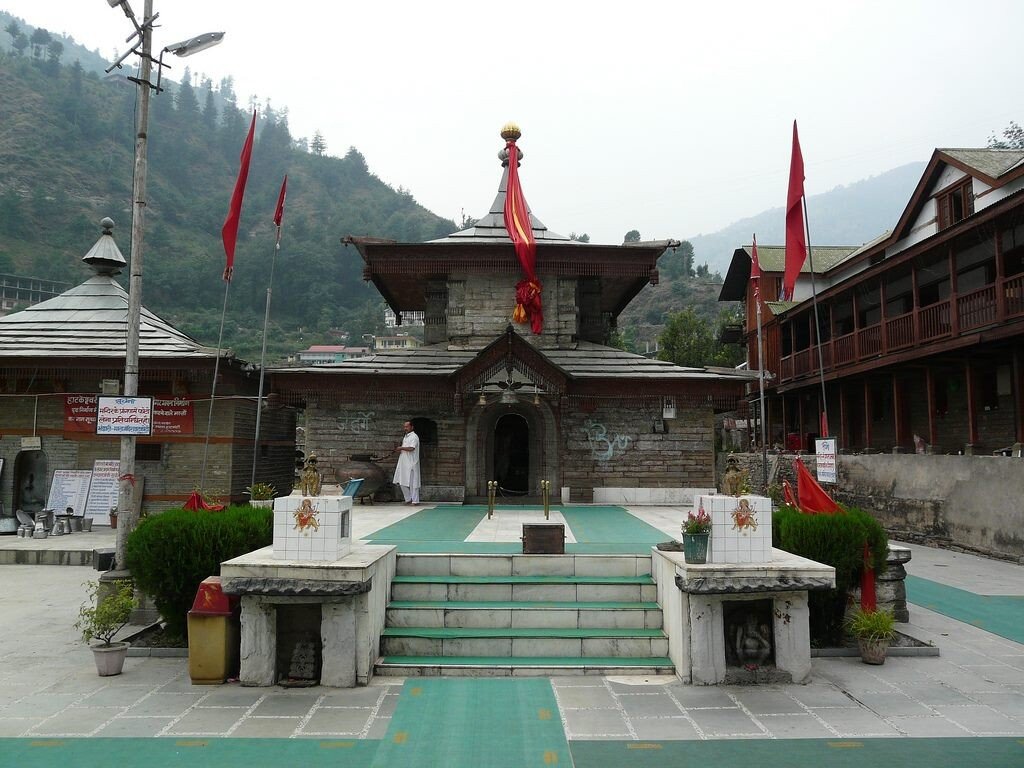
History and Significance of Hatkoti Temple:
The history of the Hatkoti Temple dates back centuries, with its origins shrouded in myth and legend. According to local folklore, the temple was built by the Pandavas during their exile in the forests of the Himalayas. Over time, the temple has undergone several renovations and restorations, yet it has managed to retain its ancient charm and spiritual aura.
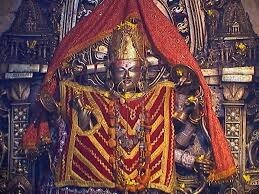
This ancient temple is dedicated to Goddess Durga, the divine feminine force symbolizing power and protection. The deity inside the temple is Ashtabhuji Durga Mata also known as Mhishasurmardini who killed the demon Mahishasur. It holds a significant place in the hearts of devotees and travellers alike, offering a unique blend of religious sanctity and natural beauty. The devotees flock to the temple to seek blessings from the goddess and offer prayers for their well-being and fulfillment of wishes. The serene ambiance and tranquil surroundings of the temple create a perfect setting for meditation and spiritual introspection.
Architecture and Design:
One of the most striking features of the Hatkoti Temple is its exquisite architecture and intricate design. The temple is constructed in the traditional Himachali style, with wooden beams, intricate carvings, and sloping roofs that reflect the rich cultural heritage of the region.
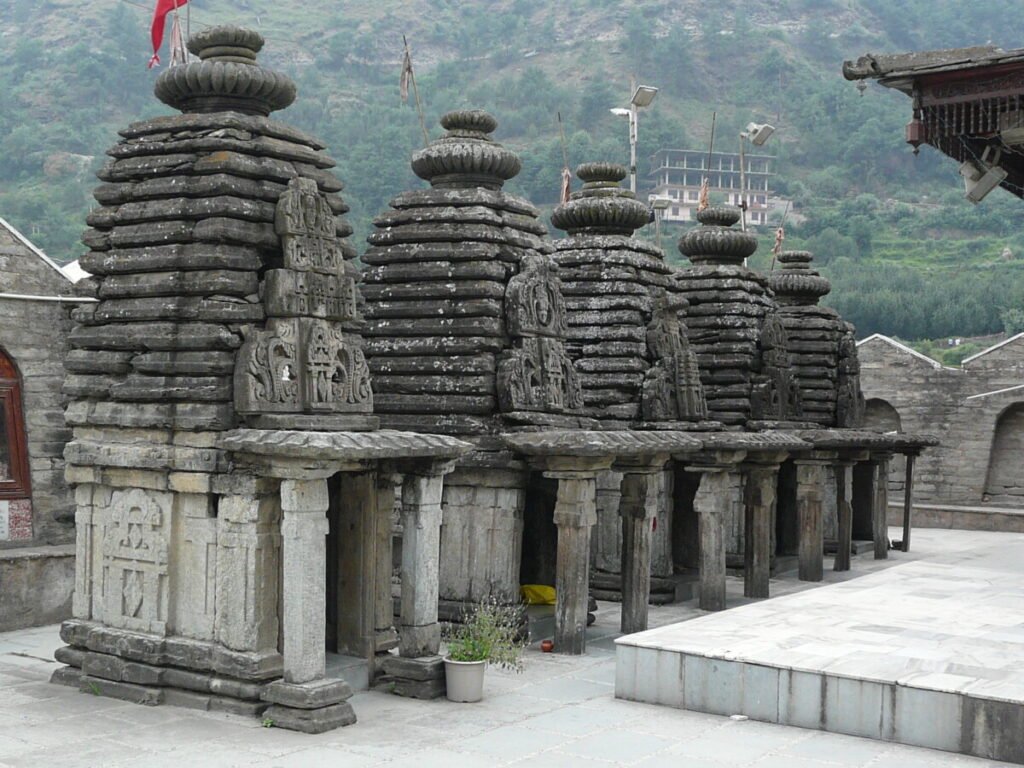
Visitors are often mesmerized by the elaborate craftsmanship and attention to detail that is evident in every corner of the temple. The soothing sound of bells, the fragrance of incense, and the sight of flickering oil lamps create a mystical ambiance that transports visitors to a realm of divine tranquility and spiritual awakening.
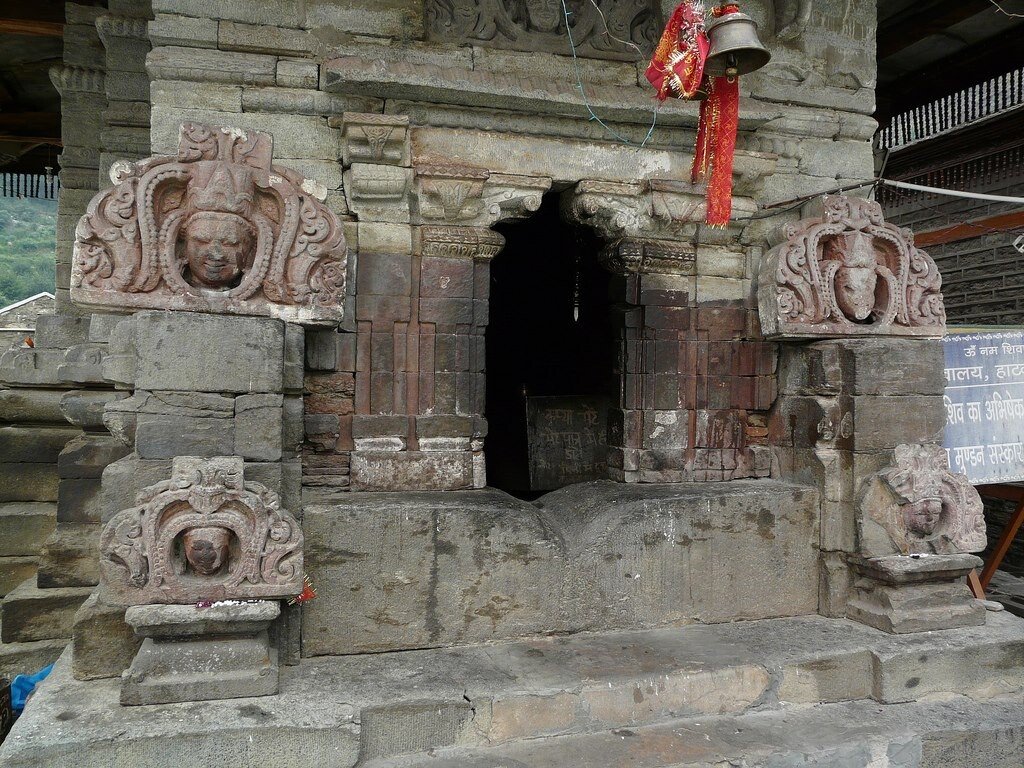
Natural Beauty and Surroundings:
Apart from its spiritual significance, the Hatkoti Temple is also renowned for its breathtaking natural beauty and serene surroundings. Situated amidst lush green forests, snow-capped mountains, and gurgling river, the temple offers a perfect retreat for those seeking solace in nature’s embrace. The pristine environs of Hatkoti provide ample opportunities for trekking, bird watching, and nature walks, allowing visitors to connect with the raw, unspoiled beauty of the Himalayan wilderness.
Festivals and Celebrations:
The Hatkoti Temple comes alive during various festivals and celebrations, when devotees from far and wide gather to partake in the joyous festivities. The annual Navratri festival, dedicated to Goddess Durga, is one of the most vibrant and colorful events at the temple, with music, dance, and religious rituals adding to the festive fervor. The temple resonates with the sounds of devotional songs and chants, creating an atmosphere of joy, devotion, and spiritual fervency. The temple authorities provide daily ‘langar’ (free meals) for devotees.
The Hatkoti Temple in Himachal Pradesh stands as a testament to the rich cultural heritage and spiritual legacy of India. Its ancient roots, architectural splendor, natural beauty, and vibrant festivities make it a must-visit destination for travellers seeking a deep spiritual experience and a glimpse into the mystical charm of the Himalayas. A visit to the Hatkoti Temple is not just a journey of pilgrimage but a soul-stirring odyssey that leaves an indelible mark on the hearts and minds of all those who are fortunate enough to experience its divine allure.

